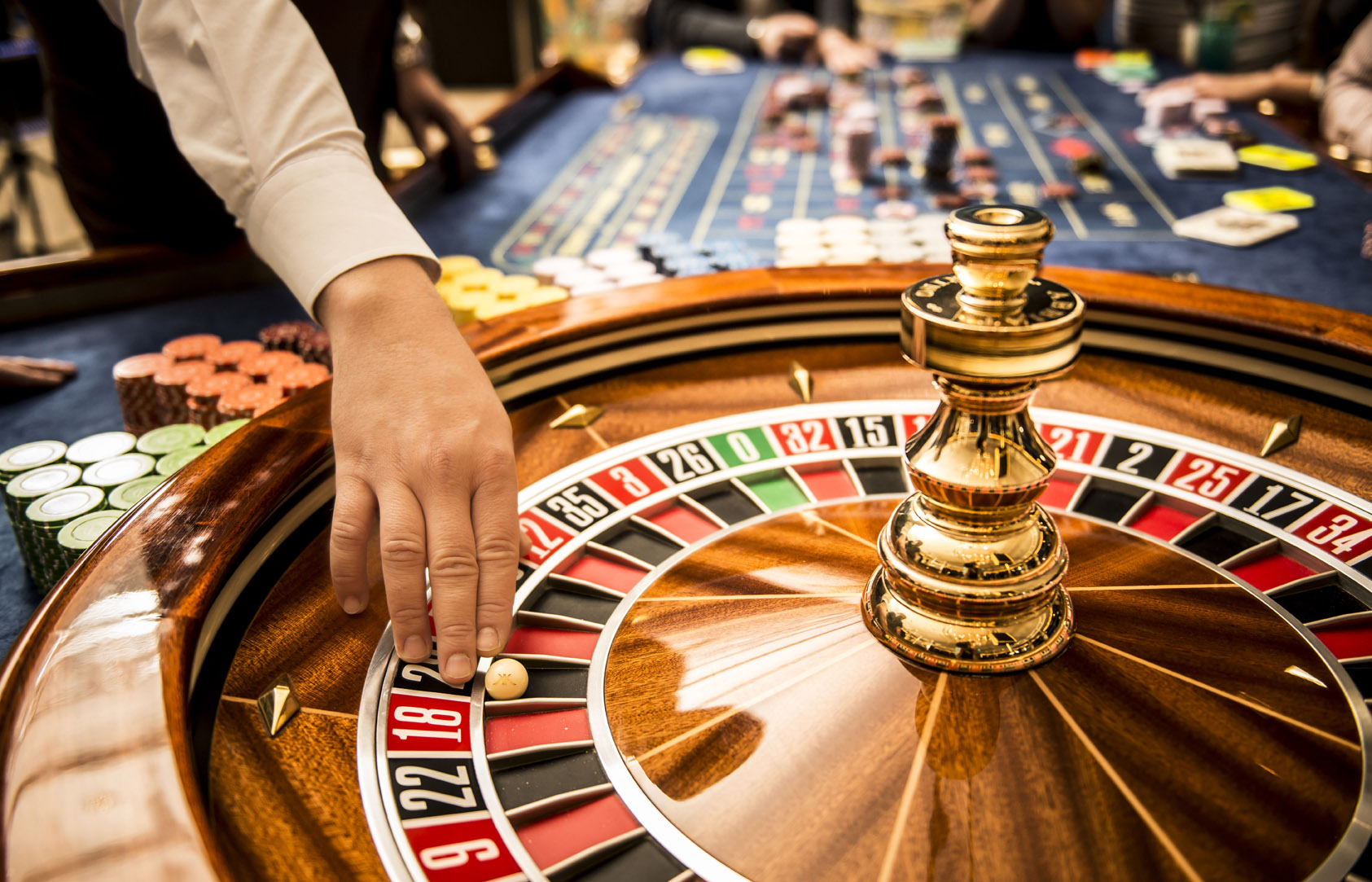Regarding slot machines, players often become enthralled by the bright lights, exciting themes, and the adrenaline of turning the reels. But behind the glamour and excitement lies an critical concept that every player should understand: Return to Player percentage, or RTP. This key metric plays a significant role in determining how much of your wagered money will return to you over time, influencing your gaming experience and strategy as you play.
RTP is usually expressed as a percentage and indicates the mean amount of funds returned to players compared to the total amount wagered. For instance, if a slot game has an RTP of 95 percent, it means that, on average, players get back ninety-five dollars for every 100 dollars wagered. 78WIN Understanding this concept can help players make informed decisions when selecting slots to enjoy, ultimately enhancing their gaming experience at the casino.
What exactly the definition of RTP?
The Return to Player concept, also known as RTP, refers to a crucial element in the realm of casino slots games. It represents the fraction of all wagered money that a specific slot is programmed to refund to players in the long run. For example, if a slot has an RTP of 95, this means that, hypothetically, players can expect to reclaim $95 for every 100 dollars bet over time. Understanding RTP helps players evaluate the likely gains of the various slots available.
RTP isn’t a promise of personal wins but instead it is a average determined over many spins. Players’ experience might be different significantly as a result of the luck inherent in the games. A higher RTP suggests more favorable odds for the player, making it an essential consideration to take into account when picking the slots to choose. However, even with high RTP, there can be phases where players encounter losses, because randomness plays a significant role.
It should also be noted that the slots available have different RTP percentages. Some machines might feature a lower RTP due to a high level of enjoyment or distinct elements, while others hold a higher percentage to attract more cautious players. Comprehending RTP enables players to form informed decisions about their play strategies and manage their money efficiently while enjoying the excitement of casino slot games.
How RTP is Being Determined
The RTP, also known as RTP, is a vital measurement within the realm of gambling slots titles. This represents the percentage of all wagered funds that a slot machine can be expected to return to gamblers over time. Comprehending the method by which this measurement can be derived demands understanding of both the game’s architecture as well as its reward structure. The RTP is determined via intricate algorithms and data evaluation executed during the slot machine development process. Game creators consider various factors, which include the frequency of successful combinations as well as the amount of payouts on every combination.
In order to calculate this metric, the creators simulate a significant number of spins on the slot machine. Such modeling efforts help determine the average amount that typically, a gambler can expect to win according to their bets. For instance, when a slot game boasts an average return of 95%, this means that, theoretically, among every $100 dollars wagered, players can expect to receive ninety-five dollars back over time. This value does not indicate how much a gambler might receive during a single play and over a couple of spins; rather, it shows overall payout expectations.
RTP values tend to be usually disclosed from the casino or slot creator. Players must always seek out such data while selecting a casino slots, because it can significantly affect their gaming experience. https://78win.tv/ A greater RTP typically indicates a higher probability of winning back a segment of bets, even though individual plays may differ considerably. Grasping RTP enables players make informed decisions while improve their overall enjoyment within the world of casino slots.
Value of Return to Player in Casino Games
Understanding the Return to Player or Return to Player is important for any gamer involved in casino slots games. Return to Player represents the percentage of total bets that a slot machine is engineered to pay back to gamers over the long run. A higher Return to Player means that gamers can anticipate receiving a larger share of their bets back, making it an valuable factor for those looking to maximize their play experience. Understanding this number aids gamers make smart choices about which slots to play, as it can greatly affect their potential winnings.
Additionally, Return to Player plays a crucial role in the overall fairness and transparency of slot games. Players are often drawn to slots with greater RTP percentages because they provide a better opportunity of success over the long term. Casinos and game developers use Return to Player as a selling point to draw in gamers, guaranteeing they maintain a lead in the thriving gambling industry. By understanding of RTP, players can select games that align with their risk tolerance and objectives.
In conclusion, the idea of Return to Player encourages responsible gaming practices. Recognizing that not all slots will provide short-term winnings and that RTP is based on long-term play, gamers can regulate their anticipations and gambling behavior effectively. This knowledge enhances the enjoyment of casino slots while fostering a more sustainable gaming environment. Players who grasp the significance of RTP are likely to have a more satisfying time and lessen the chances of problematic gambling behavior.

